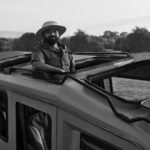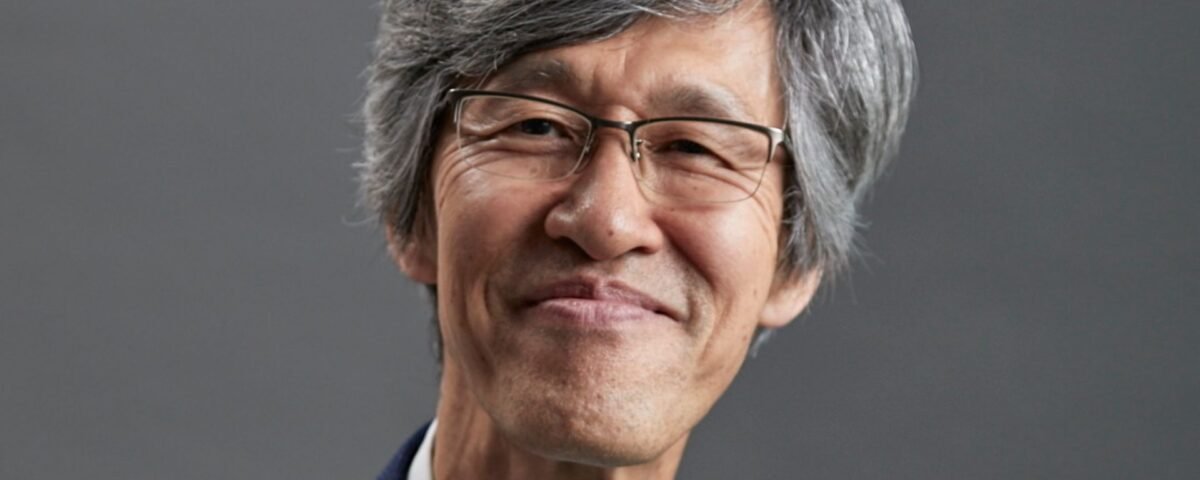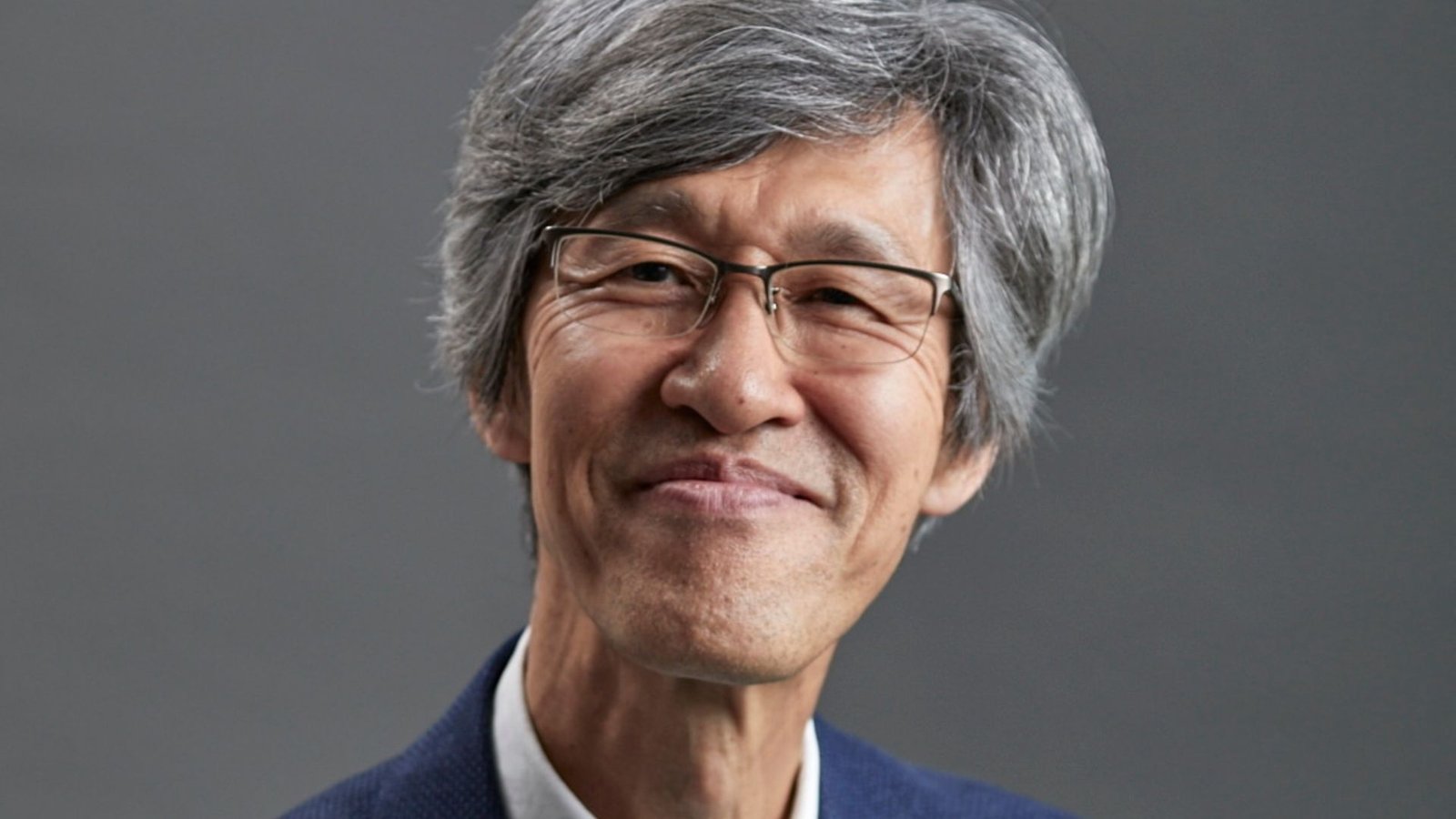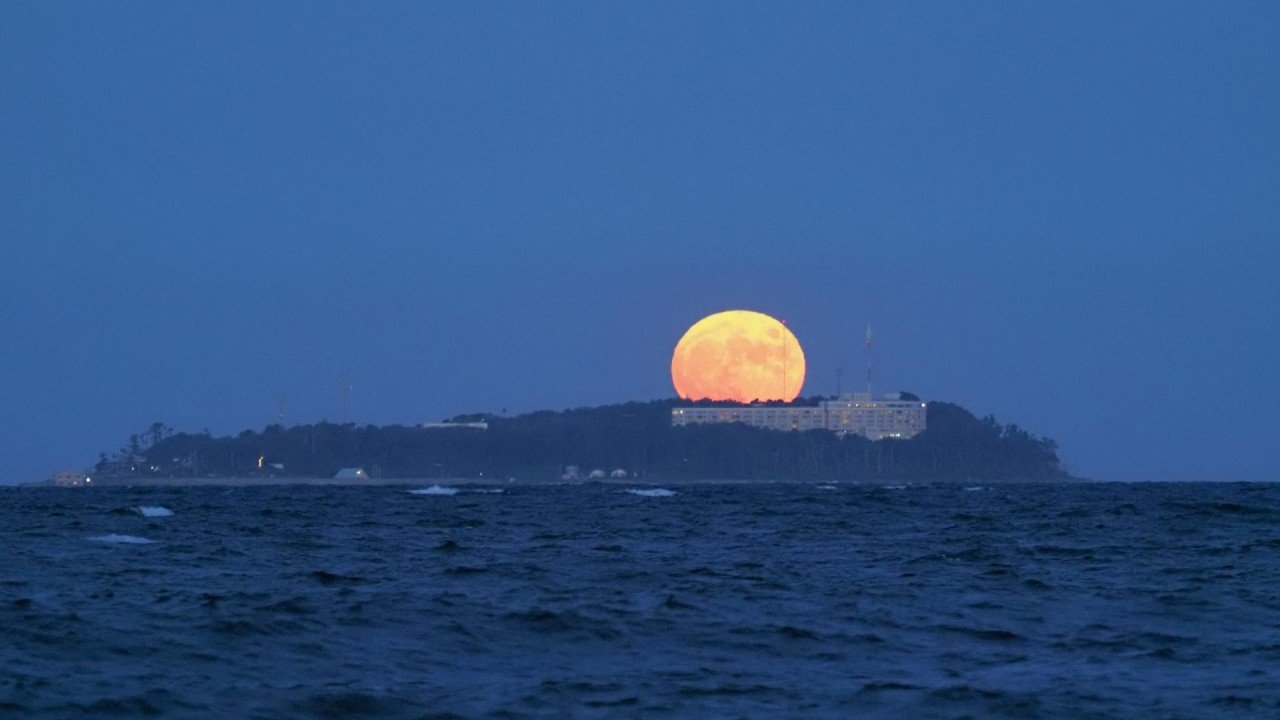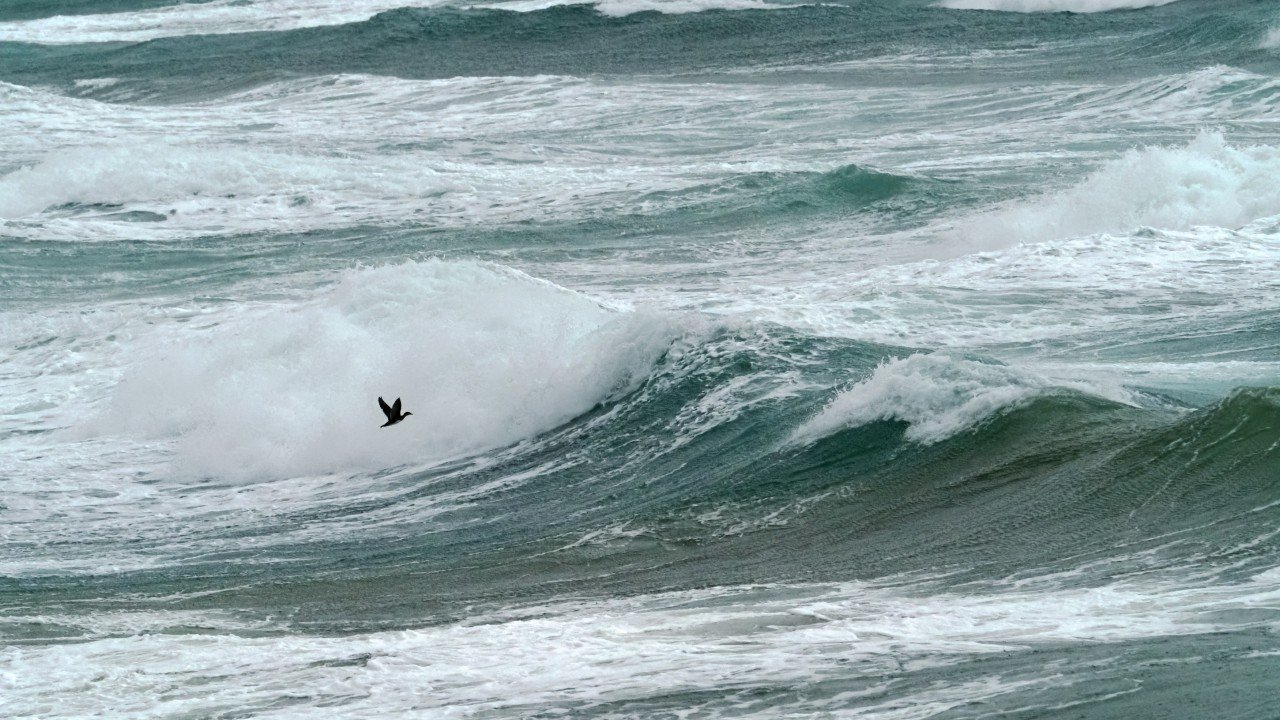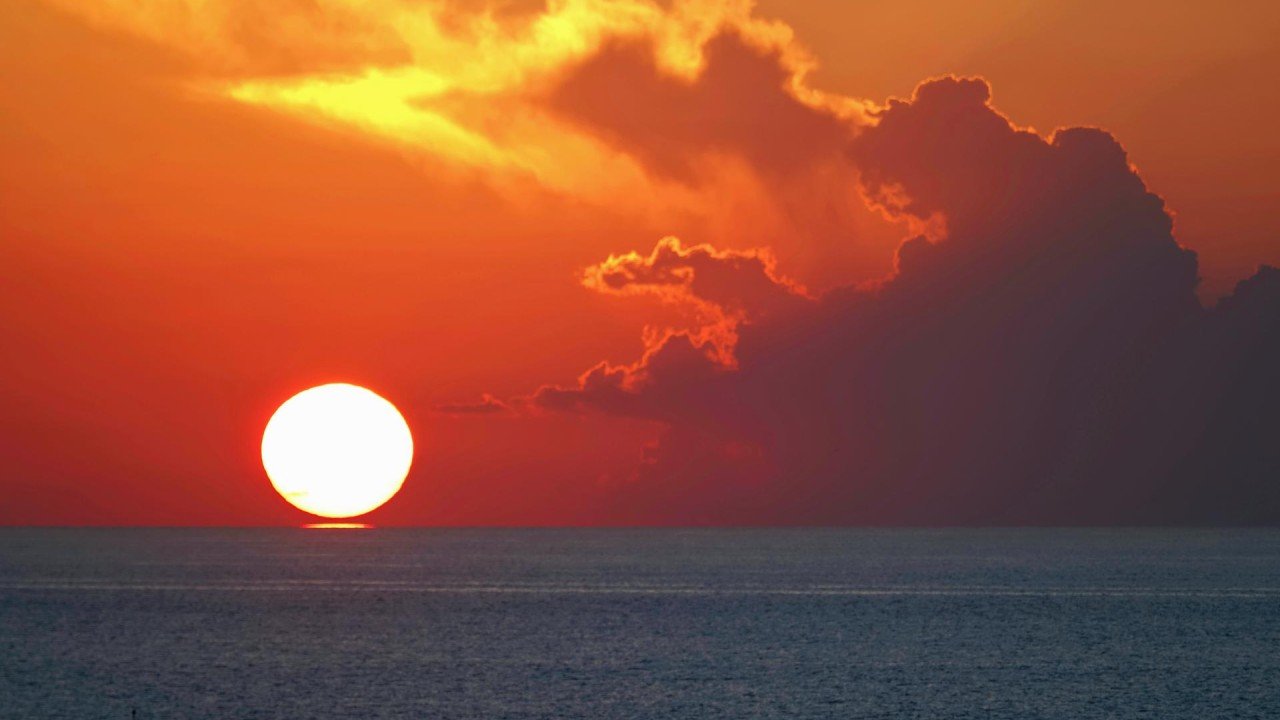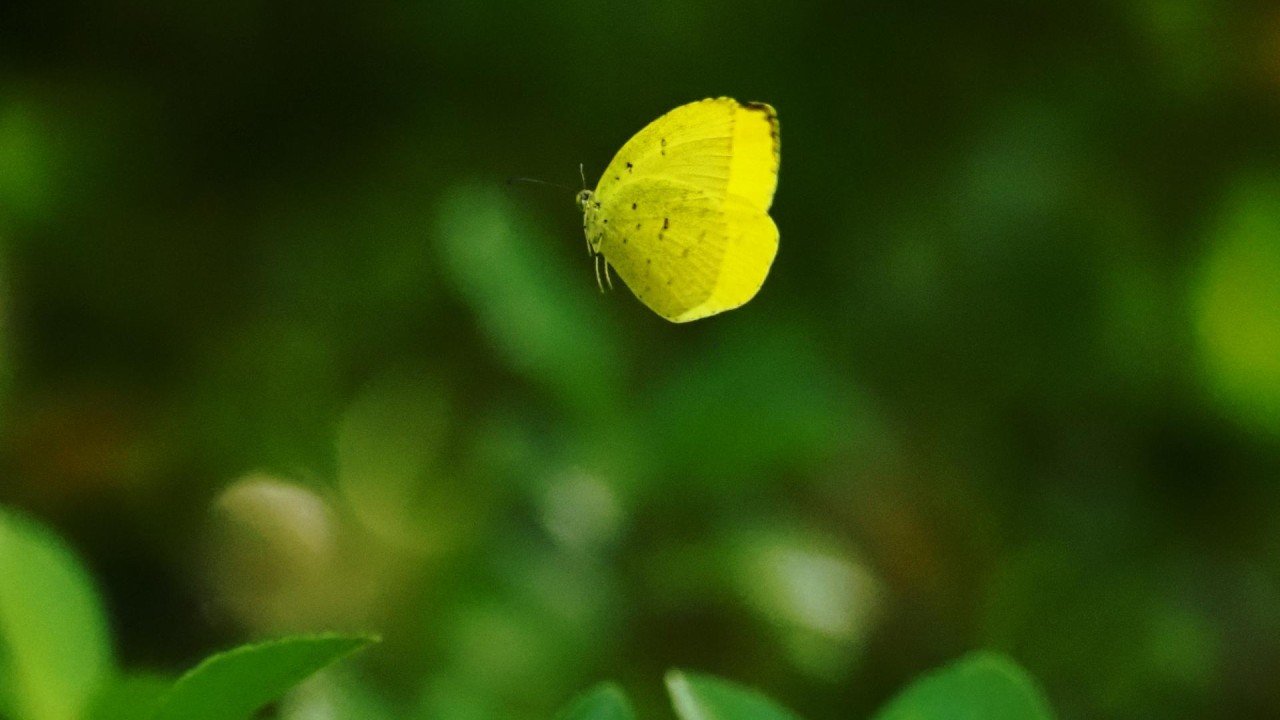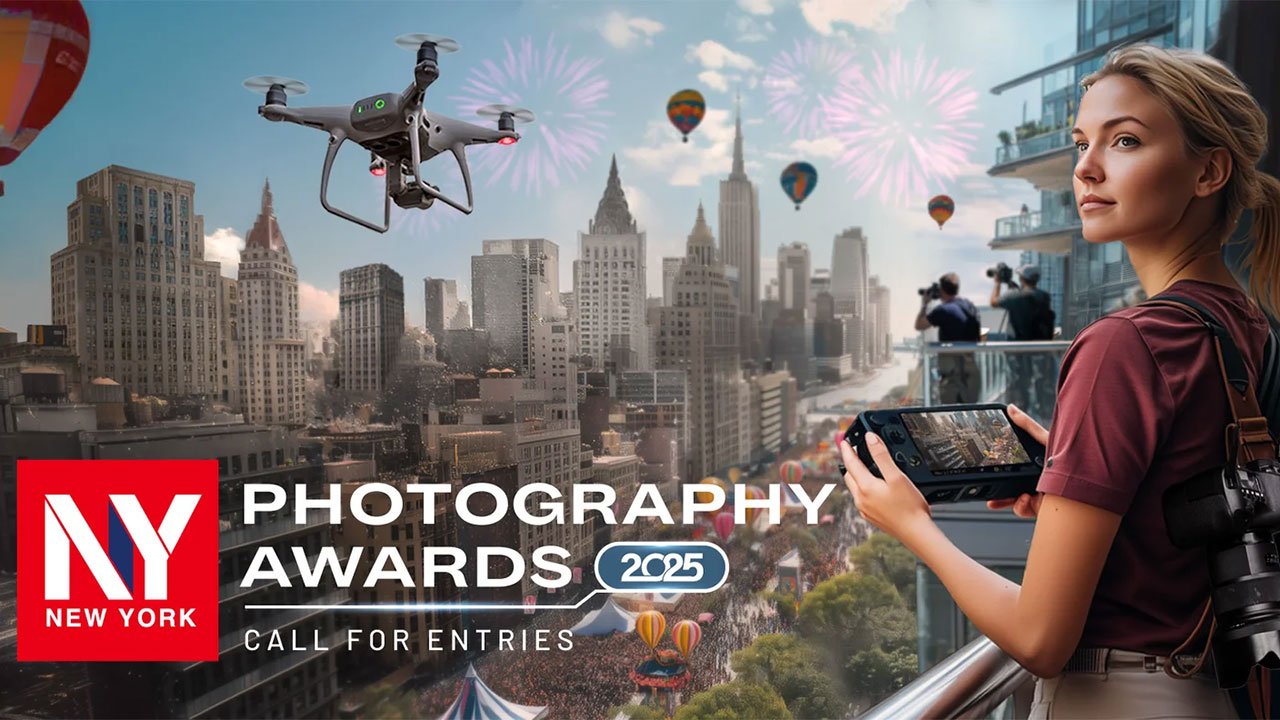1Congratulations on winning in the London Photography Awards! Can you share a little about yourself, what inspired you to pursue photography, and how has your journey evolved since your first shot?
I am a photographer born in Japan, and ENCOUNTERS is the basic concept behind my work, photo books, and solo exhibitions. I am not bound to any particular genre. I have visited and photographed more than 40 places, including Japan, Greenland, Ukraine, Açores (Portugal), Myanmar, Kazakhstan, Pakistan, India, Guadeloupe (Caribbean-France), Florida, Nebraska, Wyoming and many states in the US.
I believe that there are small but wonderful things lurking in the everyday life of any world. But we need to have eyes to notice those wonderful things. And if we can turn them into works of art, more people will be happy. Photography has such power, and as long as I am alive, I would like to find such wonderful things and make them into works of art to make the world a little more wonderful with the power of photography.
2Can you share the story or inspiration behind your award-winning piece? How does winning this award make you feel about your journey in photography?
“Harvest moon rising over Hatsuhima Island, Japan,” for which I received the Platinum winner, was taken on the day my wife was finally discharged from the hospital after a long and painful stay in the hospital for corona, I was happy to take my camera and walk along the beach with my wife and dogs for the first time in a long time.
There, the Mid-Autumn full moon rose from the island in front of us. It was the first time for me to see the moon rise from the island that I always see. This photo was filled with various emotions. I would like to continue to create memorable works that connect people's feelings with nature.
3How do you decide which photo to submit for a competition?
It must have an impact at first sight, even on people who see it for the first time. The message should be created in the mind of the viewer. I do not want to impose a detailed message from the artist. And if possible, the nature, history of the people, and climate of the area should ooze out. And there should be no sense of deja vu.
4What first made you pick up a camera?
When I was in the first grade of elementary school, I was touching and peeking at my father's camera, and he told me that I could try taking pictures. He complimented me on the “very interesting” photos I took of toys with that camera.
5What’s your favorite type of photography, and why do you love it?
I like to take pictures that are flat and conscious of the subject's feelings, rather than shooting down at the subject from a higher perspective. Whether the subject is a person or any living thing. Whether they are man-made or natural. Because I can feel the kindness to all things as a human being.
6What’s your go-to camera setup, and why does it work best for your projects? What’s your favorite feature?
OM(Olympus) system cameras; OM-1 + ZUIKO 7-14mm, and a OM-D + ZUIKO PRO 40-150mm + x1.4 teleconverter MC-14.
7If someone looked at your work, what’s the one thing you’d want them to feel?
What do they feel in their hearts, not as photographers, but as people, and what messages come to their minds?
8What was the most challenging part of capturing your winning shot?
The most important point in this work is to control the exposure. The full moon is very bright, and when the full moon begins to rise, the bright area increases at once, but the surrounding area, conversely, becomes darker and darker.
Because of this increase in the brightness of the moon and the decrease in the brightness of the surrounding area, the difference between brightness and darkness expands dramatically. The difficulty was to continuously adjust the exposure so that the surface of the moon would not be overexposed and blown white.
9Is there a specific place or subject that inspires you the most?
I would like to photograph the Happiness and surprises of ENCOUNTERS in our daily life as a Subject and make it into a work of art. I want to look for them in spaces where people live every day, regardless of the country or town. Somewhere on earth.
10Who or what has been your biggest influence in photography?
Robert Doisneau has been my biggest influence in photography.
11What message would you share to inspire photographers to participate in photography awards, and what advice would you give to help them excel in the competition?
What do you want to convey with that picture? And in that work, where does the eye go first, and is it directly connected to what you want to convey?
12What’s one piece of advice for someone just starting in photography?
Decide first where you want to see the most points on the screen, not the entire screen.
13What role do editing and post-processing play in your creative workflow?
To get as close as possible to the mental image you want to convey.
14How do you see technology, like AI, influencing the future of photography and your own approach?
Since AI is an extension of human past data, it is essential to find your own new expression that comes from within yourself, not from the deja vu generated by AI from the data set, which is challenging but fun to create.
15If you could photograph anything or anyone in the world, what would it be?
A child without any prejudice of any kind, regardless of ethnicity, race or gender. The child is playing with plants, animals or people, and has an interesting and lively shape as a silhouette.
